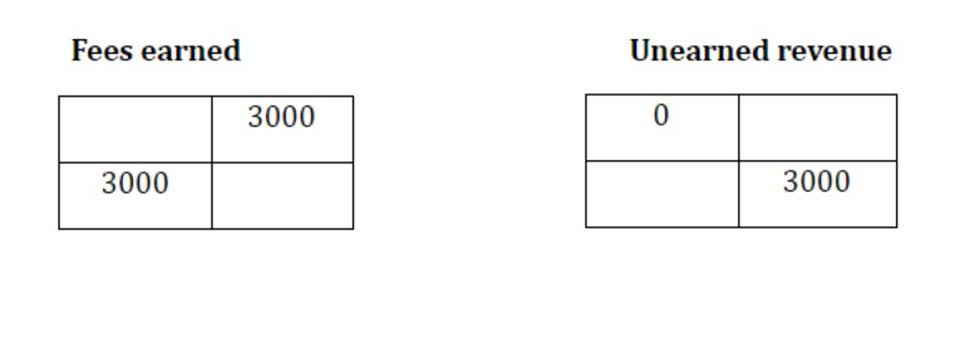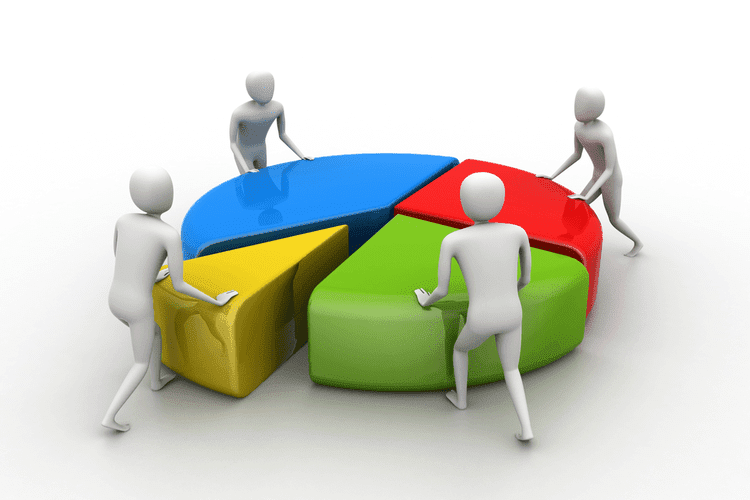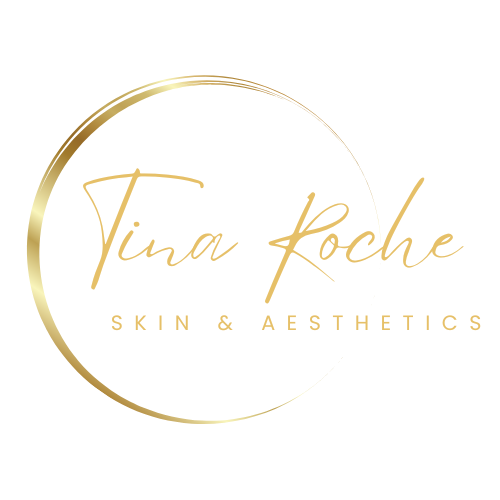
In the DDB method, the shorter the useful life, the more rapidly the asset depreciates. It’s important to accurately estimate the useful life to ensure proper financial reporting. Of course, the pace at which the depreciation expense is recognized under accelerated depreciation methods declines over time. If you make estimated quarterly payments, you’re required to predict your income each year.

Is there any other context you can provide?
Various software tools and online calculators can simplify the process of calculating DDB depreciation. These tools can automatically compute depreciation expenses, adjust rates, and maintain depreciation schedules, making them invaluable for businesses managing multiple depreciating assets. Calculating the annual depreciation expense under DDB involves a few steps. First, determine the asset’s initial cost, its estimated salvage value at the end of its useful life, and its useful life span. Then, calculate the straight-line depreciation rate and double it to find the DDB rate. Multiply this rate by the asset’s book value at the beginning of each year to find that year’s depreciation expense.
Monthly Financial Reporting Template for CFOs

At the beginning of the first year, the fixture’s book value is $100,000 since the fixtures have not yet had any depreciation. Therefore, under the double declining balance method the $100,000 of book value will be multiplied by 20% and will result in $20,000 of depreciation for Year 1. The journal entry will be a debit of $20,000 to Depreciation Expense and a credit of $20,000 to Accumulated Depreciation. DDB depreciation is less advantageous when a business owner wants to spread out the tax benefits of depreciation over a product’s useful life. This is preferable for businesses that may not be profitable yet and, therefore, may be unable to capitalize on greater depreciation write-offs or businesses that turn equipment assets over https://www.bookstime.com/ quickly.
What is the Double Declining Balance Method?
Businesses use the double declining balance method when an asset loses its value quickly. This method, like other accelerated depreciation methods, counts depreciation expenses faster. In basic terms, this means that the depreciation schedule sees larger losses in a shorter period of time. When comparing an early accounting period to a later one, the Online Accounting double declining method has higher expenses earlier in the asset’s life.
What is your current financial priority?
Bonus depreciation can deliver serious tax savings for your small business. For the second year of depreciation, you’ll be plugging a book value of $18,000 into the formula, rather than one of $30,000. Our intuitive software automates the busywork with powerful tools and features designed to help you simplify your financial management and make informed business decisions. It has a salvage value of $1000 at the end of its useful life of 5 years. They have estimated the machine’s useful life to be eight years, with a salvage value of $ 11,000. Business News Daily provides resources, advice and product reviews to drive business growth.
- By front-loading depreciation expenses, it offers the advantage of aligning with the actual wear and tear pattern of assets.
- This makes it ideal for assets that typically lose the most value during the first years of ownership.
- However, the total amount of depreciation expense during the life of the assets will be the same.
- By applying the DDB depreciation method, you can depreciate these assets faster, capturing tax benefits more quickly and reducing your tax liability in the first few years after purchasing them.
- With our straight-line depreciation rate calculated, our next step is to simply multiply that straight-line depreciation rate by 2x to determine the double declining depreciation rate.
- Depreciation is the act of writing off an asset’s value over its expected useful life, and reporting it on IRS Form 4562.
- In the second year, depreciation is calculated in a regular way by multiplying the remaining book value of $36,000 ($40,000 — $4,000) by 40%.
What is the double declining balance method of depreciation?
Consider a widget manufacturer that purchases a $200,000 packaging machine with an estimated salvage value of $25,000 and a useful life of five years. Under the DDB depreciation method, the equipment loses $80,000 in value during its first year of use, $48,000 in the second and so on until it reaches its salvage price of $25,000 in year five. The DDB depreciation method is best applied to assets that lose value quickly in the first few years of ownership, such as cars and other vehicles. However, it may also apply to business assets like computers, mobile devices and other electronics.

Costs of Goods Sold Journal Entry: How to Accurately Record COGS in Your Books
Every year you write off part of a depreciable asset using double declining balance, you subtract the amount you wrote off from the asset’s book value on your balance sheet. Starting off, your book value will be the cost of the asset—what you paid for the asset. Aside from DDB, sum-of-the-years digits and MACRS are other examples of accelerated depreciation methods. They also report higher depreciation in earlier years and lower depreciation in later years.
Can I switch from the Double Declining Balance Method to another depreciation method?

When you run a business, you have to be aware of the useful life of your assets. Some assets have lives that last for decades, while others can only be counted on for a few years. Depending on the asset, you may want to consider using the double declining balance depreciation method. The Double Declining Balance Method (DDB) is a form of accelerated depreciation in which the annual depreciation expense is greater during the earlier stages of the fixed asset’s useful life. Depreciation is a fundamental concept in accounting, representing the allocation of an asset’s cost over its useful life. double declining balance method Various depreciation methods are available to businesses, each with its own advantages and drawbacks.
- In the final year, the asset will be further depreciated by $2000, ignoring the rate of depreciation.
- Current book value is the asset’s net value at the start of an accounting period.
- When applying the double-declining balance method, the asset’s residual value is not initially subtracted from the asset’s acquisition cost to arrive at a depreciable cost.
- Starting off, your book value will be the cost of the asset—what you paid for the asset.
- Salvage value is the estimated resale value of an asset at the end of its useful life.
- The beginning of period (BoP) book value of the PP&E for Year 1 is linked to our purchase cost cell, i.e.
Disadvantages of Double Declining Method of Depreciation

Under the declining balance method, yearly depreciation is calculated by applying a fixed percentage rate to an asset’s remaining book value at the beginning of each year. Multiply the straight line depreciation rate by 2 to get the double declining depreciation rate. The straight-line depreciation method simply subtracts the salvage value from the cost of the asset and this is then divided by the useful life of the asset. The annual straight-line depreciation expense would be $2,000 ($15,000 minus $5,000 divided by five) if a company shells out $15,000 for a truck with a $5,000 salvage value and a useful life of five years. This method is an essential tool in the arsenal of financial professionals, enabling a more accurate reflection of an asset’s value over time in balance sheets and financial statements.


